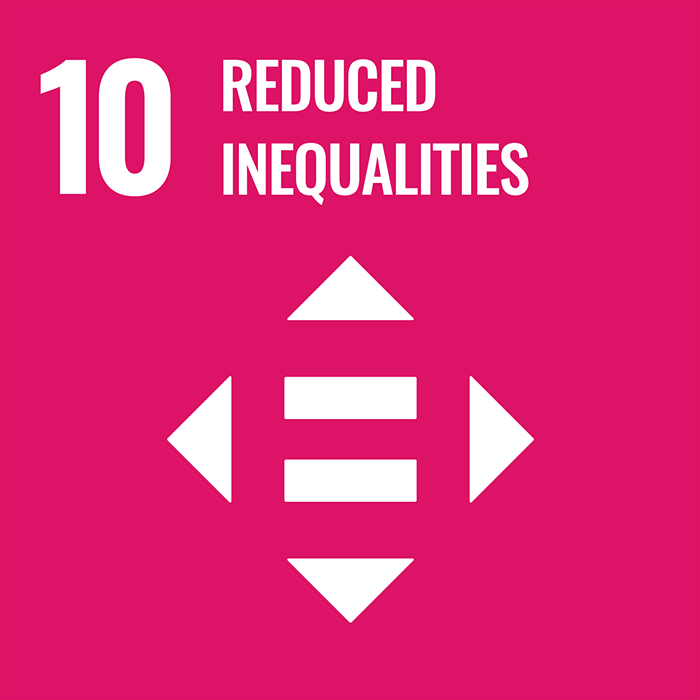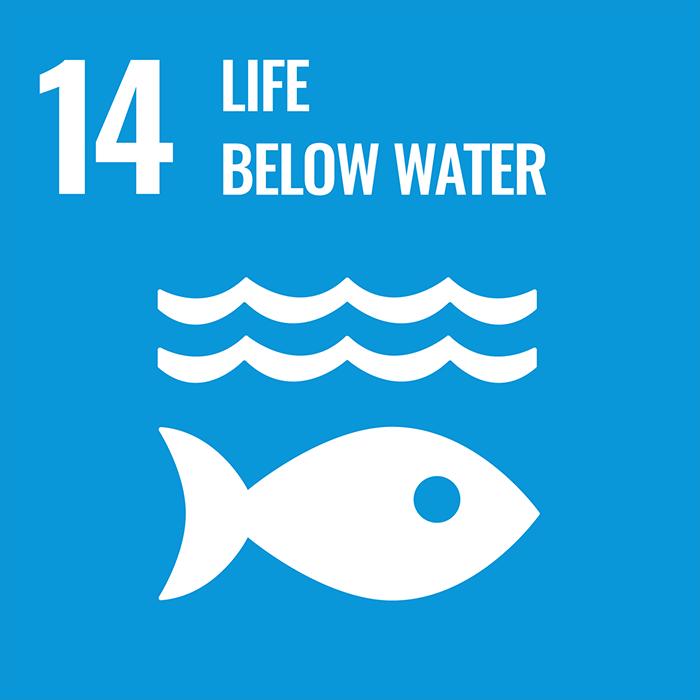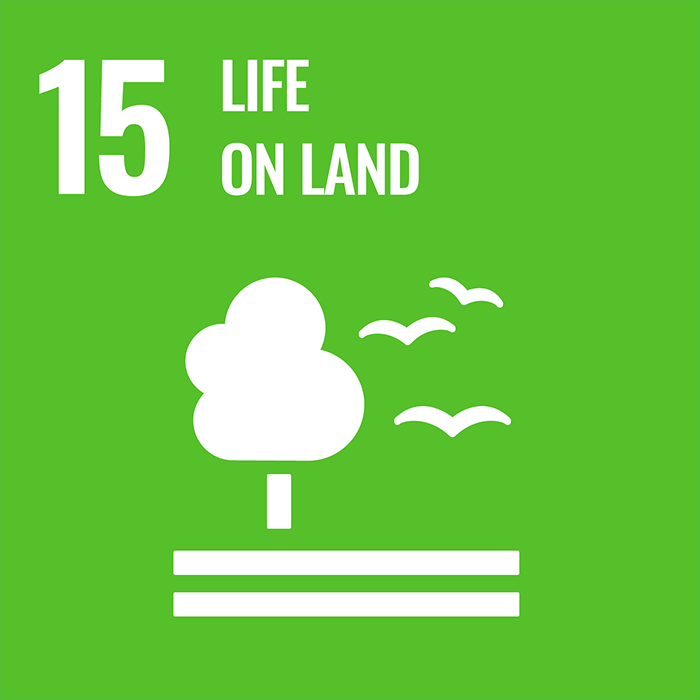Progress towards UN SDG 7: Affordable and clean energy
Ensure access to affordable, reliable, sustainable and modern energy for all
Our research

Engineers from the University of Glasgow have used sophisticated computer simulations of bladeless wind turbines (BWTs) to identify how future generations of the technology could be built for maximum efficiency.
The findings could help the renewables industry take BWTs, which are still at an early stage of research and development, from small-scale field experiments to practical forms of power generation for national electricity grids.
BWTs take the form of slim cylindrical structures which sway in the wind, like lampposts in inclement weather. As the wind blows against them, BWTs create vortices – alternating swirls of air that rock the entire structure back and forth. When the frequency of the rocking matches the structure’s natural tendency to vibrate, the motion is amplified significantly, and the increased motion is converted into electricity.
In a newly published paper, the team show how they used computer modelling techniques to simulate the performance of thousands of variations of BWT design. The results cast valuable new light on the interplay between mast dimensions, power output and structural safety in winds between 20 and 70 miles per hour.
GALLANT is a NERC-funded (£10.2m) partnership between the University of Glasgow and Glasgow City Council and will use Glasgow as a living lab to trial new sustainable solutions throughout the city. GALLANT takes a whole-systems approach. While addressing the city’s key environmental challenges, we will consider the co-benefits and trade-offs for public health, wellbeing and economy. GALLANT aims to deliver the social priorities of the UN SDGs while remaining within the planetary boundaries of a 1.5°C world – using doughnut economics as a framework.
The programme brings together over 50 multidisciplinary researchers with 29 public and private sector partners across the city region. Together we aim not only to bring nature back into the city system, but make meaningful, lasting change that embeds sustainability across major policy decisions and empowers communities as stewards of their local places. GALLANT will work with local partners and communities to transform the city into a thriving place for people and nature. GALLANT will help the city of Glasgow achieve its goal to be carbon neutral by 2030 and accelerate its path to climate resilience.
Learning & teaching

The Masters in Sustainable Energy is an interdisciplinary programme that equips students with skills for employment within the international energy sector. This programme addresses all the key aspects of sustainable energy, from the most advanced technologies through to ethical and economic considerations. It provides an in-depth knowledge of the social and economic drivers of the current UK and international energy industry, and insights in the behavioural, business and technical aspects concerned with energy production and distribution.
The programme is accredited in the ‘Further Learning’ category accredited by the Institution of Civil Engineers, the Institution of Structural Engineers, the Institute of Highway Engineers, the Chartered Institution of Highways & Transportation and the Institution of Engineering and Technology.
Find out more
University operations

The University has been working to explore the potential of using the city's existing wastewater infrastructure to provide low-carbon heat for some of our 350 campus buildings.
The Partick pumping station, a stone's throw from the new campus development, could offer a means to generate a renewable source of energy from the wastewater running through the city’s sewers system. The approach would work by extracting thermal energy from already warm wastewater held at local pumping stations via heat exchangers, passing this to heat pumps connected to our district heating network and onward to use across the estate.
The University is currently exploring feasibility of the work and will consider it as an option in our approach to the University’s aim of achieving carbon neutrality by 2030.
Engineers from the University of Glasgow have used sophisticated computer simulations of bladeless wind turbines to identify how future generations of the technology could be built for maximum efficiency, potentially paving the way to move away from blades.
Civic engagement

Our academics are working with a unique solar-powered mobile music recording and live production studio called the Phonoautobothy. The Phonoautobothy is an entirely solar-powered recording studio capable of producing high-quality recordings and powering live performances off-grid.
Built using upcycled materials by the Idlefield Art Lab collective from Canada, the Phonoautobothy aims to showcase sustainable power generation for live and recorded music while engaging local communities around Glasgow's ambitious net-zero goals.
Professor Matt Brennan and Dr Graeme Hunt, both based at the University of Glasgow, are leading on a groundbreaking 'Dear Green Music Scene' project, working together with Idlefield Art Lab on the Phonoautobothy to power mini festivals in the city, showcasing how the industry can transition from a reliance on diesel generators.
Find out more
- Solar-Powered Mobile Music Studio Hits Glasgow's Streets
- Phonoautobothy



















